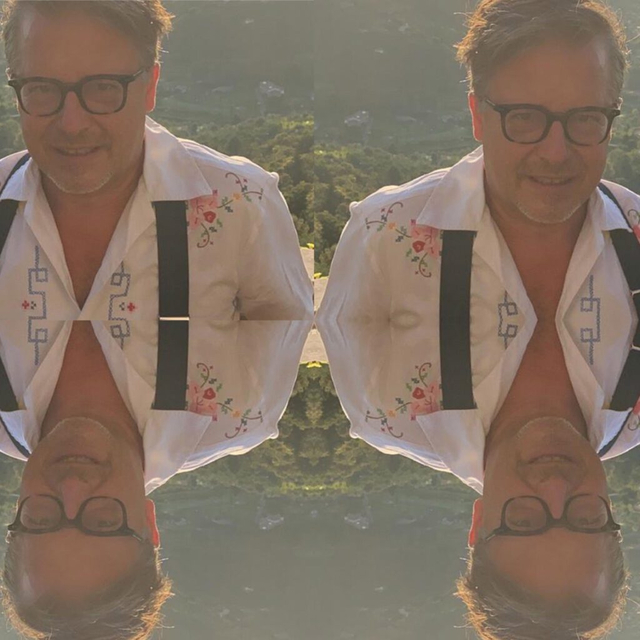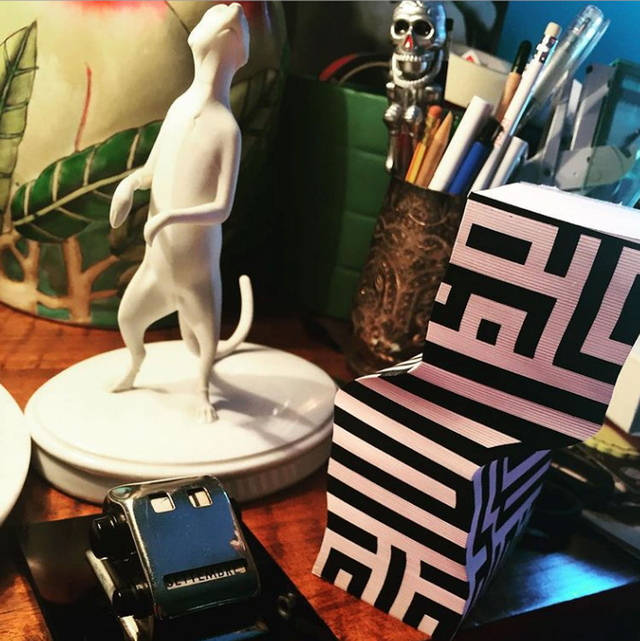When No One is Watching
By: Stephan Hamel
Photo: Stephan Hamel
You might have of secrets hidden that you keep in custody as the most precious thing in the world. Maybe you love kitschy souvenirs that you bought in all the places you visited and you don’t want to reveal to your guests. Instead you want to show off with your culture and the exquisite taste you have! Privacy has infinitive shades of understanding. Let’s take Odyssey as a leitmotif of European tradition and try to define the topic. Ulysses lost himself for the sake of understanding the borders of his own private moment and Penelope waved systematic patterns of her desire of living the couple, that was repeated to infinity. Every morning the texture would be repeated like a mantra. From these two points of view we are arriving at the perception that is in the beginning of a drama, staged in our home. Private tends to be something inherently special or sensitive. It seems that intimacy is rarely shared with family, but celebrated with your partner as a joy of life. The domain of privacy, from this point of view, can overlap with security, which includes the concept of devoted confidence. In this private sphere you feel secure. Integrity gives your own world a defense from unsanctioned invasion of privacy normally always promoted by corporations and we hope by fewer governments, since constitutions claim law on this subject. Revolutions and social determination organized the consciousness of ones own private understanding as a civil right. But does it really exist?
Fashion as an extended personality
The last time I felt really private was before birth, so I cannot remember what real privacy can do. I took advantage of my passion which is applied art and developed not only a tool of survival, but I understood that my own interior has two layers. One is myself as a human body that needs to get dressed and hiding certain parts of my body is a form of privacy, that finds an expression in the joy of fashion. Myself, seen as a walking installation moves in that sphere that we call home. From the way one dresses to the way one furnishes his house it is not far. If you have character and you know what you want, it is an advantage, but you can always get inspired by stylists and interior decorators. Even the less interested person will leave some traces of his own ego, which can be seen as something private in the space as time passes by. It is fascinating to work on a project trying to express the understanding of privacy of another person. You have to know and learn more, in order to do some psychotherapeutic work as a base. Your home is your soul and you have to work on it. Nothing happens without precise exercise and work outs. Your mind is as your body and to keep it in shape you need some challenges. The best place to scan your psychology is that scenario that you don’t necessary want to share with whoever.
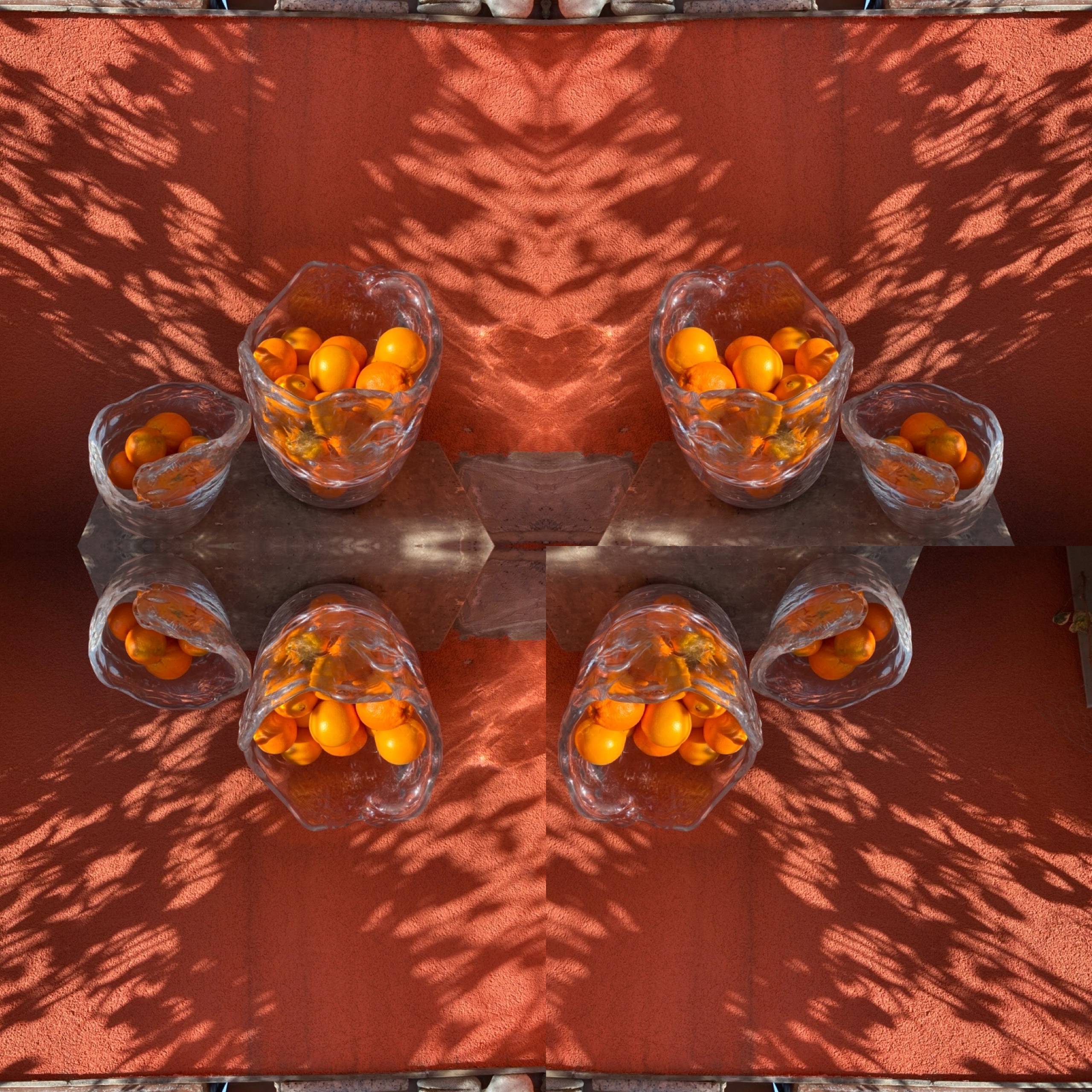
METAPHOR FOR IDENTITY
According to Walter Benjamin — epic chronicler of nineteenth-century Paris — the domestic interior was ‘the universe for private citizen’, a metaphor for bourgeois identity. Visualization of interiority as the living spaces became distinguished for the first time from the space of work. After a long period only the powerful were able to occupy spaces for their private as well as public purposes and everything began to change. Through art history we can follow this development and from representative portraits of status we started to discover our interior life, family and relations. People began to be represented by their surroundings and a very long and detailed interpretation of their interactions were placed in their homes. These things are so intimately identified with the bourgeois home-dweller that the breakage of any household furnishing could occasion highly theatrical Tantrums, the reaction of someone who felt the trace of his earthly days being obscured. When you deal with interiors actively you are a voyeur and you love to sneak in the others private spheres. And there is nothing better than art to get inspired. Benjamin’s visions and analysis on surrealistic strategies of blurring of the boundaries between the house and its inhabitant, makes very precise edicts on the mid-century modernist who countered rationalistic faith in reason and technology with their vision of the uncanny. Unheimlich in German, literally, the unhomey. The surrealist vision of the house made by uncanny superabundance of connotations contrasts sharply with what Benjamin identifies as the ethos of modernist design. “Glass is such a hard and flat material that nothing settles on it … It is above all the enemy of secrets. It is the enemy of possessions.” Here we are facing one of the most stimulating contradictions modernism and surrealism, as well as glass being a tool of expression for making you feel special, private and unique.

Home as a Temple
Defining us as a primary private entity and the environment we live in as private sphere, we have to focus on something that identifies the excitement of our existence. Light is fundamental at home, since the architecture wants to limit or expand the use of it. We can use light as natural or artificial and the game of shadows and reflections can be a very important tool for creating atmosphere. We need shadows for intimacy and thoughts, but when we emerge from darkness we look more beautiful. In the North you want as much sunlight as possible to invade your house, while in the South you try to hide from too much exposure to light. This is one of the keys for opening something that is a very important treasure: your own feelings about domesticity. This moment, when you open yourself to abundance and fulfillment is when the light is falls on that something that you want to celebrate. Your home, your private space is the last temple left to live alone, with family, partners, animals the beauty of your memories.
Ilse Crawford writes in her bible of interiors: “Light was the first thing God created, according the Old Testament, but it tends to be the last thing people think about when it comes to their homes. Light is probably the single most important concept to address when it comes to making a home that feels right, and light will make the fastest and most dramatic difference. If you want a stimulating environment, you need variations, texture, and shadows.” She is defines in her very precise way, how to work around that story that should be your private sphere.
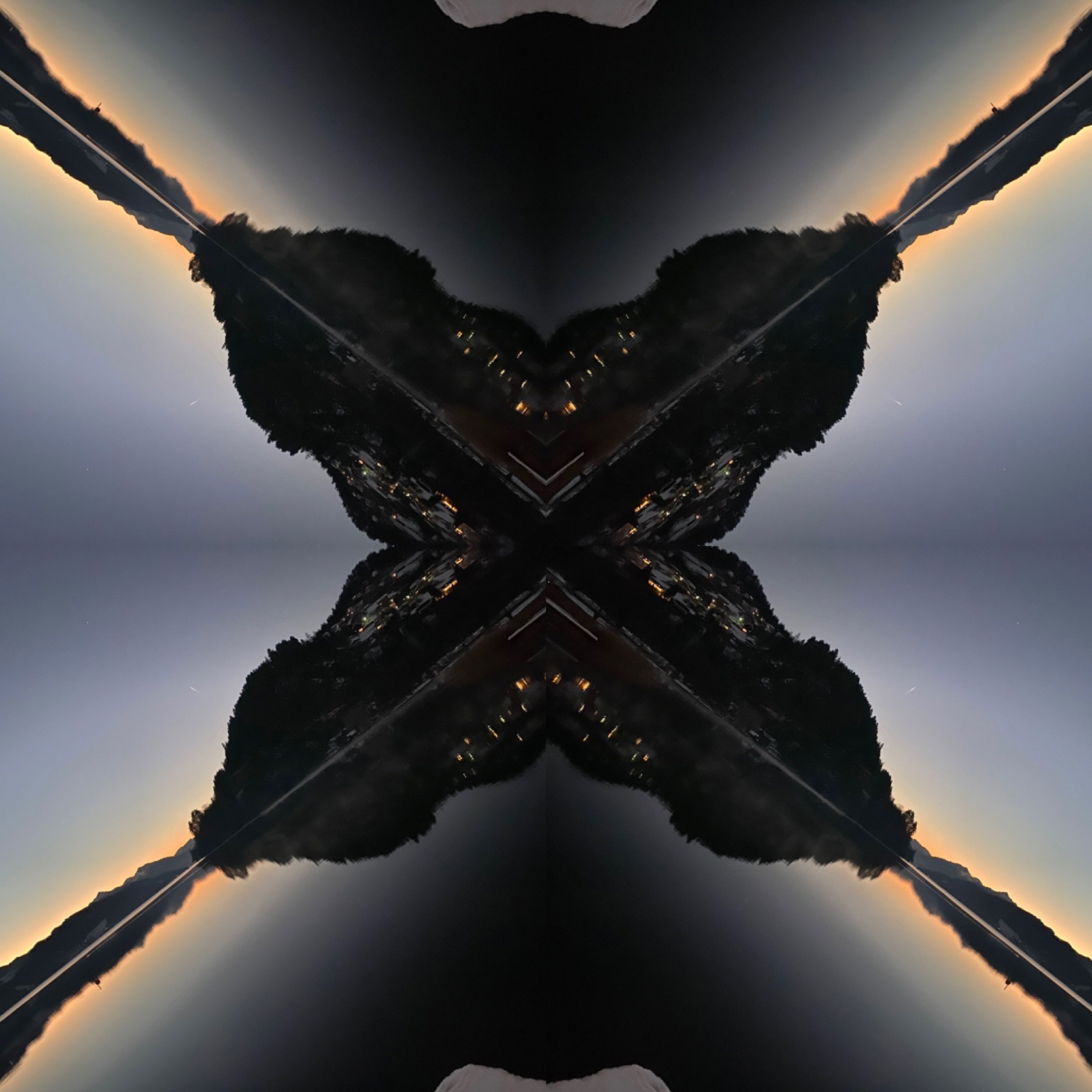
Energizing the light
Glass is a tool for multiplying and energizing light. Brilliant clear glass tableware brings life to your table. Glass can look solid or liquid, certainly it seems to float, it is an immaterial material. Crystal is even stronger and the lucent power of the Bohemian crystal is renowned for its special power, transmitting a very deep sentiment that can give an almost religious satisfaction. The game of shadows is very important and their transitory movements are poetry to your domesticity. I adore the mixture of natural and artificial light, fusing with the shadows to a frenetic dance of stimulus. The cycle of light, especially in winter, needs an important component: candle light and fireplace. Every time you realize that you are staring at a fire instead of your TV you saved a slice of your soul. Socializing with fire has always been so important.

Reflections on New perspectives
Mirrors reflect the scope of your interior in different senses. Your own interior soul as well as your home reflects on a very important consideration: realizing is the first step of understanding how to do it better. In the rural past mirrors were seen in a negative context. First of all, after working hard in the fields it was better not to look at oneself and then you might be afraid that the mirror was bewitched. During the Enlightenment, mirrors began to be considered as fundamental tools for opening new perspectives, reflecting light and providing surprises. Objects of all kinds are not only functional, but the symbolic values fuse with the organized ones. The more that objects show their souls, the more the relation becomes impartial and coordinates the game you want to play. This symbolic power has a metaphysic dimension that nurtures our desire and gaze.
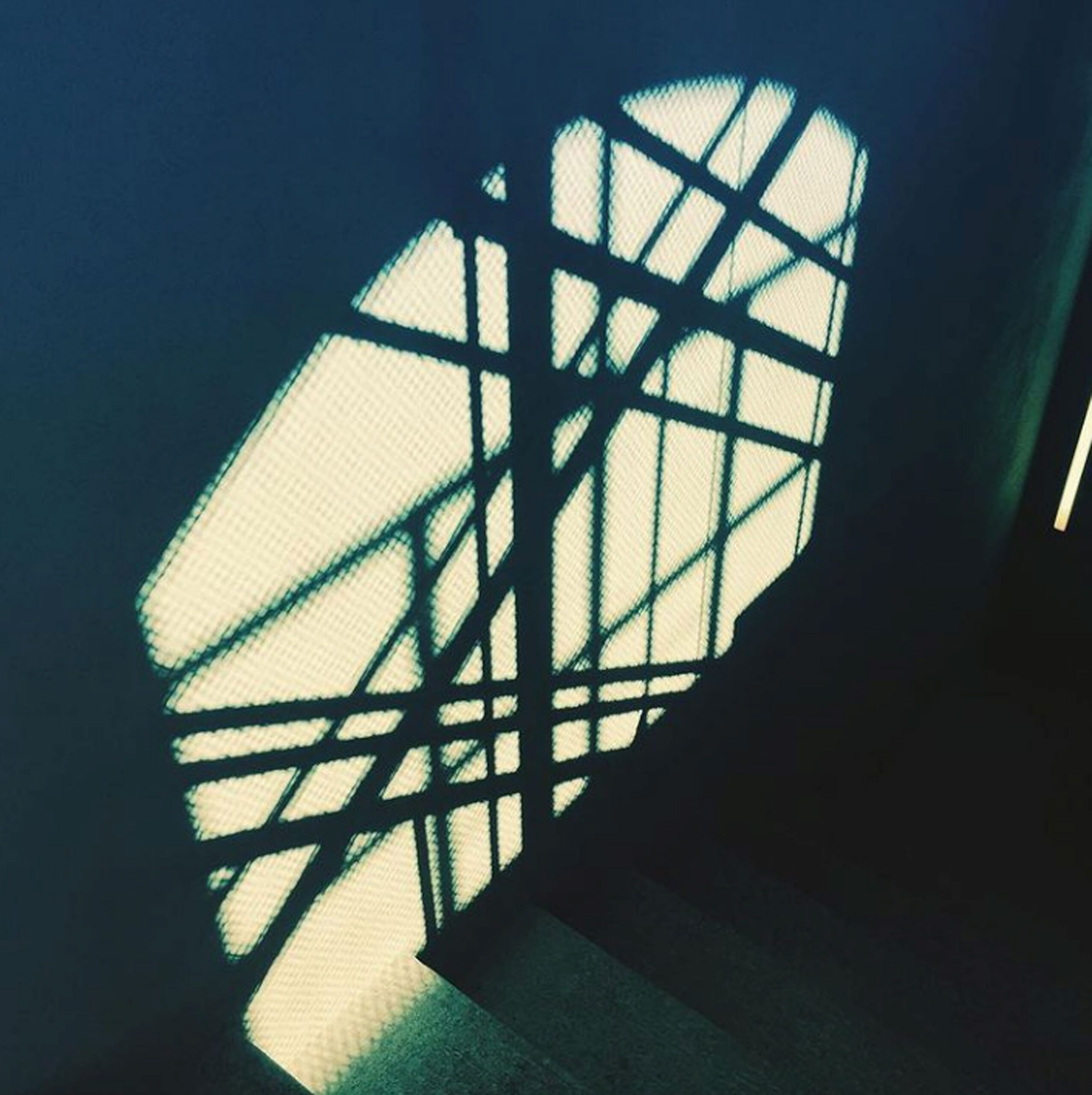
Transcendence tool
The stained-glass windows in chapels, cathedrals and common churches are the expression of this important aspect, where we seduce natural light into our souls. The filters are colored glass pieces that play the melodies of satisfactions like an accordian. In Saint Peter’s Cathedral in Rome we remember Bernini’s Holy Spirit above the alter that is the synthesis of all the celestial values. And when we celebrate our own acknowledgement to God, we can feel the power of the simple alchemy of glass and light that is elevates us into our interiority. If you care to, you can call it privacy, since there is no exam in the world that allows judging that something inside you that gets hit by that rayon of light in that exact moment of indulgence. Religion should be something very private that you don’t need to share with everyone, since your understanding is so personal and cannot be translated. But not only the spiritual elevation needs these tools of expression. Very often this technique was used for representative halls that are expressed very mundane stimuli.

Human grandiosity
At the architectural Biennale in Venice in 2014, some 100 never-before-exhibited drawings by Daniel Libeskind, created by hand from pen and sepia-toned washes of coffee, were screen printed by Lasvit, using a ceramic process. A curved, luminous wall of light and transparency was created to perform ambiguous forms that alternately evoked favelas, futuristic cities, mechanical parts, and even parts of human bodies. Through the layering of glass and light, a landscape was created with the intensity of stained-glass but an absolutely different technology. As the title “Sonnets of Babylon” it evoked a sense of grandiosity of human existence, reflecting the profound disaster of dissolution, punishment and judgement. As Libeskind concluded the search for unexpected coincidences of the images with space to create an unexpected phenomenon of not merely metaphorical exercise, but a poetic equivalent of the images you selected for the burden of memories that has never be forgotten.

Beware of Yourself
The vulgarization of magical ritual objects opens a very important chapter in the discussion of privacy. Not everybody is capable to carry the spiritual burden of understanding something called the truth, or better we could just limit ourselves to a proper sense of justice. Once the confession was a cheaper version of psychoanalysis and an easy problem solver. It checked every private sphere from lent to lent, dictated by fasting so that your soul and body could become cleansed for the next indulgence. Everything was organized and you could prepare your strategy in advance. Marriages, funerals, vernissages, fairs, baptisms and openings are all rituals that demand the opening of your privacy in order to allow the public interaction. The memories of these moments become part of your private story and life, but nowadays we want to be shown through Instagram or other social media. With the rise of the internet privacy began to suffer and polarization and harassment caused symptoms of self-destruction, particularly in young people. Each age has its of period of interior revolution and each epoch is signed by it’s self-consuming agony of definition of something we always try to sell. Selfie culture, prominence, and location technology are a crime against your private sphere. The use of advertisements and their tracking methods also pose threats to digital privacy. If we were scarred by a monstrous scenario not more then thirty years ago, today’s reality is much worse than imagination could have foretold.
Everything changed, but in reality, it has always been the same. The reason we have to be conscious and to celebrate our private sphere is given by understanding the truth. As long as there is the will to find the sublimation of this through shining light on those forces, that you can create your own private atmosphere.
Stephan Hamel is an international design consultant with thirty years experience of the industry working with furniture and interior brands. He is a international sales and communication director, using his understanding of cultural shifts, and what makes the industry tick. Core member of Lasvit family since 2011, Hamel is renowned for his ability to create experience and connect the right designers and brands to move together into the limelight.

